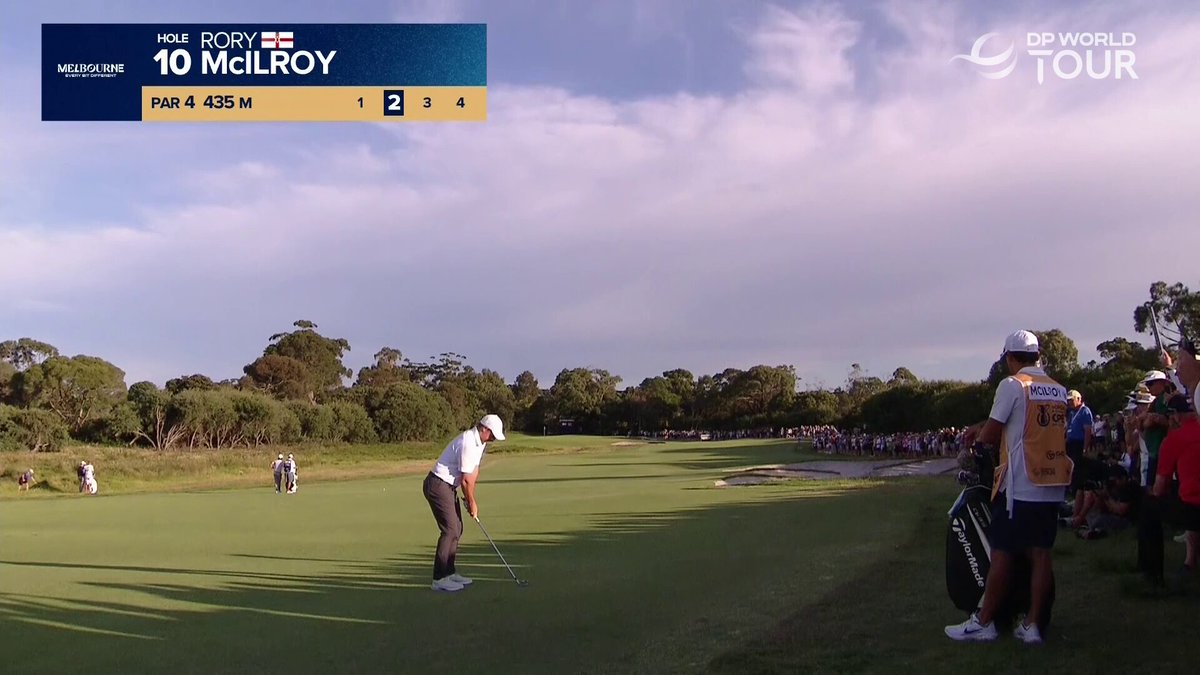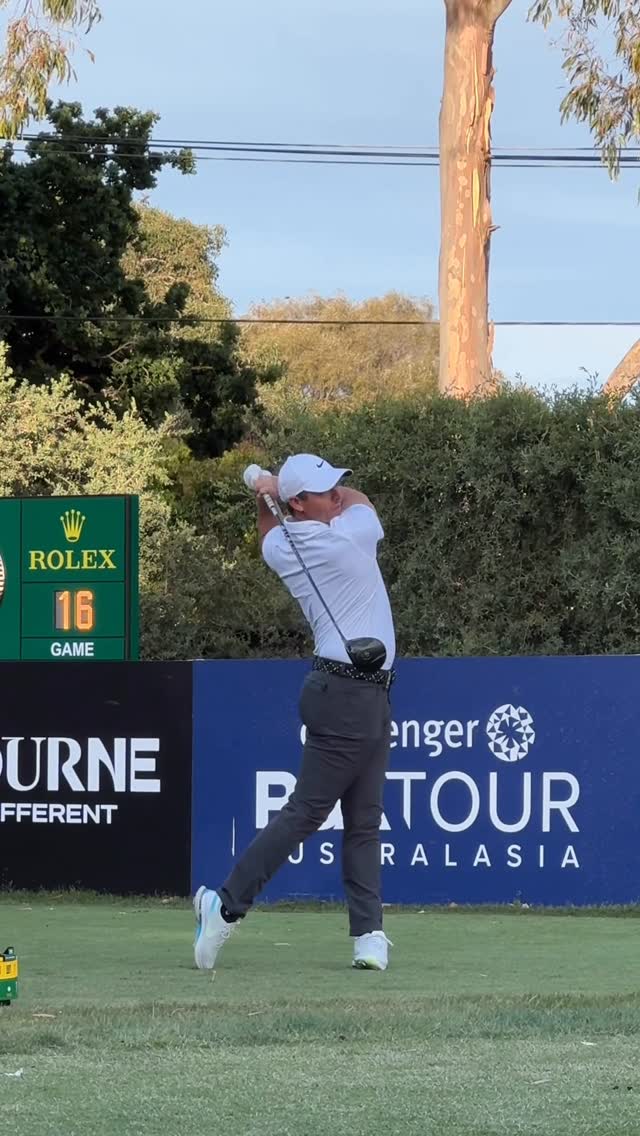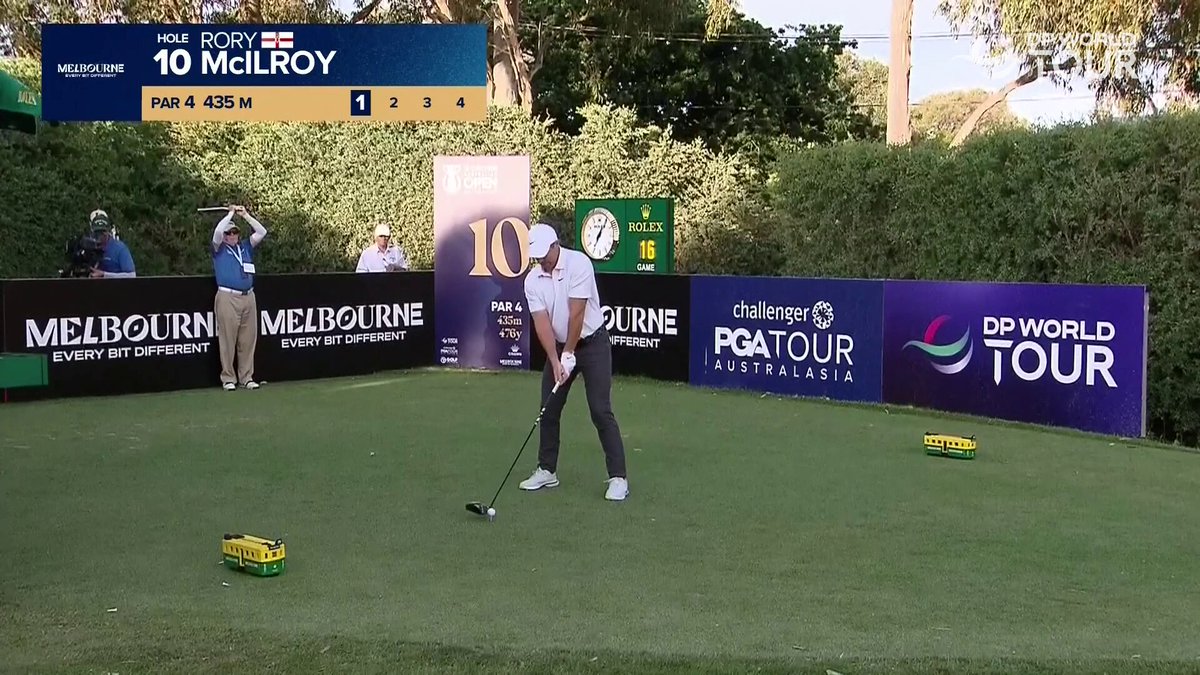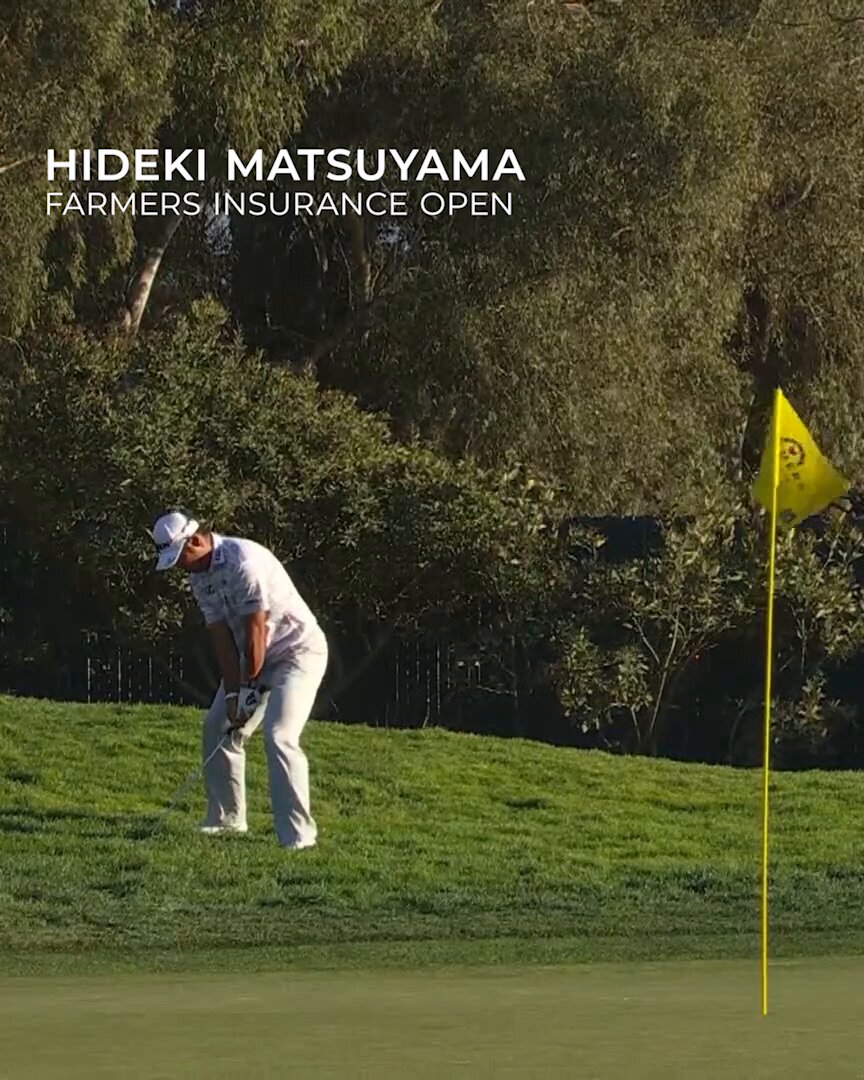Stacy Lewis has been honored with the 2025 Founds Award, recognizing her outstanding contributions to women’s golf and her lasting impact on the LPGA Tour. This prestigious award is a testament to her dedication both on and off the course.


Stacy Lewis has been honored with the 2025 Founds Award, recognizing her outstanding contributions to women’s golf and her lasting impact on the LPGA Tour. This prestigious award is a testament to her dedication both on and off the course.

Stacy Lewis has been recognized with the 2025 Founders Award at the prestigious Rolex LPGA Awards, a testament to her commitment and influence on the LPGA Tour. This award highlights her enduring dedication to the sport and the positive impact she has had on the golf community.

Rory McIlroy started the Crown Australian Open with an impressive birdie on the first hole, setting the tone for what promises to be an exciting tournament at Royal Melbourne. The Northern Irishman demonstrated his sharp form early, showing why he remains one of the top contenders on the DP World Tour.

Tensions and temperatures are rising as the Final Stage of the LPGA Q-Series approaches, with players gearing up for one of the most critical moments in their careers.

Round 1 of the Australian Open Golf tournament has officially kicked off, setting the stage for an intense competition among the world’s top players. The opening day saw players battling the challenging course conditions with focus and determination.

Rory McIlroy has officially started his quest for glory at the 2025 Australian Open, held at the iconic Royal Melbourne Golf Club. The tournament, one of the premier events on the DP World Tour, attracts a strong international field and promises exciting competition over the coming days.

Hideki Matsuyama delivered some of the most impressive shots of the 2025 season, showcasing his skill and precision on the course. The Japanese star’s performance throughout the year has been a highlight for golf fans worldwide, marked by consistency and moments of brilliance.

Dan Bradbury and Eugenio Chacarra took a break from their tournament preparations to explore the wild beauty of South Africa’s Pilanesberg National Park. The two DP World Tour players embarked on a safari adventure, immersing themselves in the stunning landscapes and diverse wildlife before their competitive weeks began.

The PING Reserve carry bag marks the latest addition to PING’s lineup, building on the success of the DLX model. Designed with both style and functionality in mind, the bag reflects PING’s commitment to quality and innovation in golf equipment.

Golf rules can sometimes lead to heated debates, especially when unusual situations arise on the course. Recently, a controversial moment caught the attention of the golf community, sparking discussions about the correct ruling in a tricky scenario.